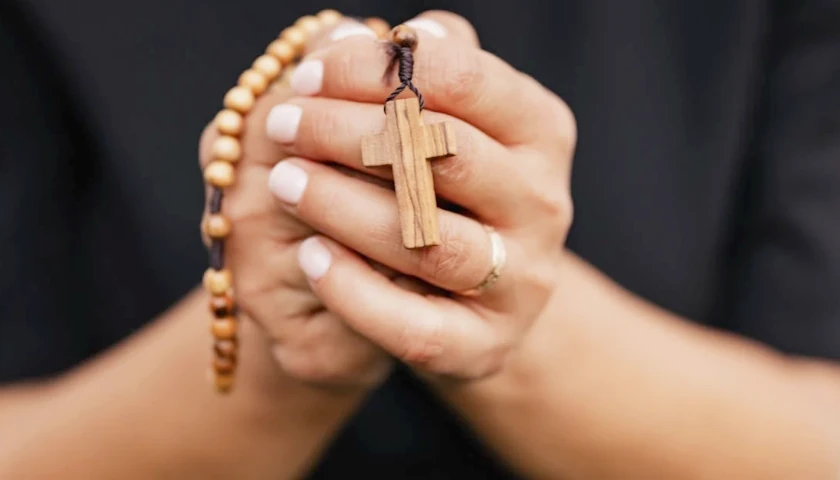by Adam De Gree
Many Americans believe our world’s becoming more secular. While that’s true, many of today’s fastest-growing religious denominations aren’t progressive—they’re traditional. Here’s what the data show.
In the 1990s, 90 percent of Americans identified as Christians on Pew surveys. Today, that number has fallen to about 67 percent. Among young adults, over 40 percent are religiously unaffiliated.
There’s something, then, to the stereotype of secularization. Yet these trends don’t mean that religion is losing its place in American culture.
It’s not the case, for instance, that Gen Z is leaving religion at higher rates than millennials or Gen X, all of which are disaffiliating at a rate of about 19 percent. Rather, members of Gen Z are simply less likely to have been raised in religious families. So while the overall number of nonreligious people is rising, it’s not because young people are leaving churches in greater numbers than before.
It’s also not the case that all religious denominations are shrinking. For example, while Catholics and mainline Protestants have seen substantial decline, evangelical churches (such as the Southern Baptist Convention, the Presbyterian Church in America, and the Assemblies of God) have grown. Curiously, the churches that make more demands on believers have grown in appeal, even as more progressive traditions have lost adherents.
Change is also evident among sects that liberalized during the second half of the 1900s. Catholicism, for example, is seeing a renewal of ancient traditions that had long been in decline in the United States. Parishes are bringing back Gregorian chants, renewing the use of incense, and offering the Traditional Latin Mass to ever-greater numbers of young adherents. As the Associated Press puts it,
Young priests driven by liberal politics and progressive theology, so common in the 1960s and 70s, have ‘all but vanished,’ said a 2023 report from The Catholic Project at Catholic University, based on a survey of more than 3,500 priests.
The article notes how, beginning in the 60s and 70s, Catholicism strayed from many of its traditional teachings and ceremonies:
If the church is often best known to non-Catholics for its opposition to abortion, it had grown increasingly liberal since Vatican II. Birth control was quietly accepted in many parishes, and confession barely mentioned. Catholic social teaching on poverty suffused churches. Most priests traded in their cassocks for plain black shirts with Roman collars. Incense and Latin became increasingly rare.
I was raised Catholic, and I can testify that the Roman Church of the early 2000s was essentially the Religion of Nice. Priests devoted their homilies to personal anecdotes and vapid reflections on love. That is changing all over the West. For example, this year’s Tridentine Pilgrimage, a three-day journey from Paris to Chartres, drew a record 18,000 traditional Catholic attendees, most of them young.
The renewed focus on tradition and orthodoxy is certainly countercultural. And though the supposed “secularization” of America may not be thoroughgoing, we should expect that conflicts will arise between committed religious adherents, who will be increasingly conservative, and the disaffiliated.
Some of those conflicts are already evident in controversies over education as many parents have pushed to eliminate sexually-charged reading material from their children’s classrooms. In the eyes of liberal critics, this is tantamount to censorship. But in the eyes of orthodox believers, it’s just an extension of the nation’s long history of social propriety and Christian values.
No doubt the battles around cultural issues will continue to rage. But at least those battles evidence a sustained commitment to traditional values—a commitment that, if the statistics hold, the next generation will carry on.
– – –
Adam De Gree is a classical educator and freelance writer. He teaches online history, literature, and government & economics courses for homeschoolers with Classical Historian. His writing has been published in venues including The Culture Crush, The Imaginative Conservative, and Partially Examined Life.





